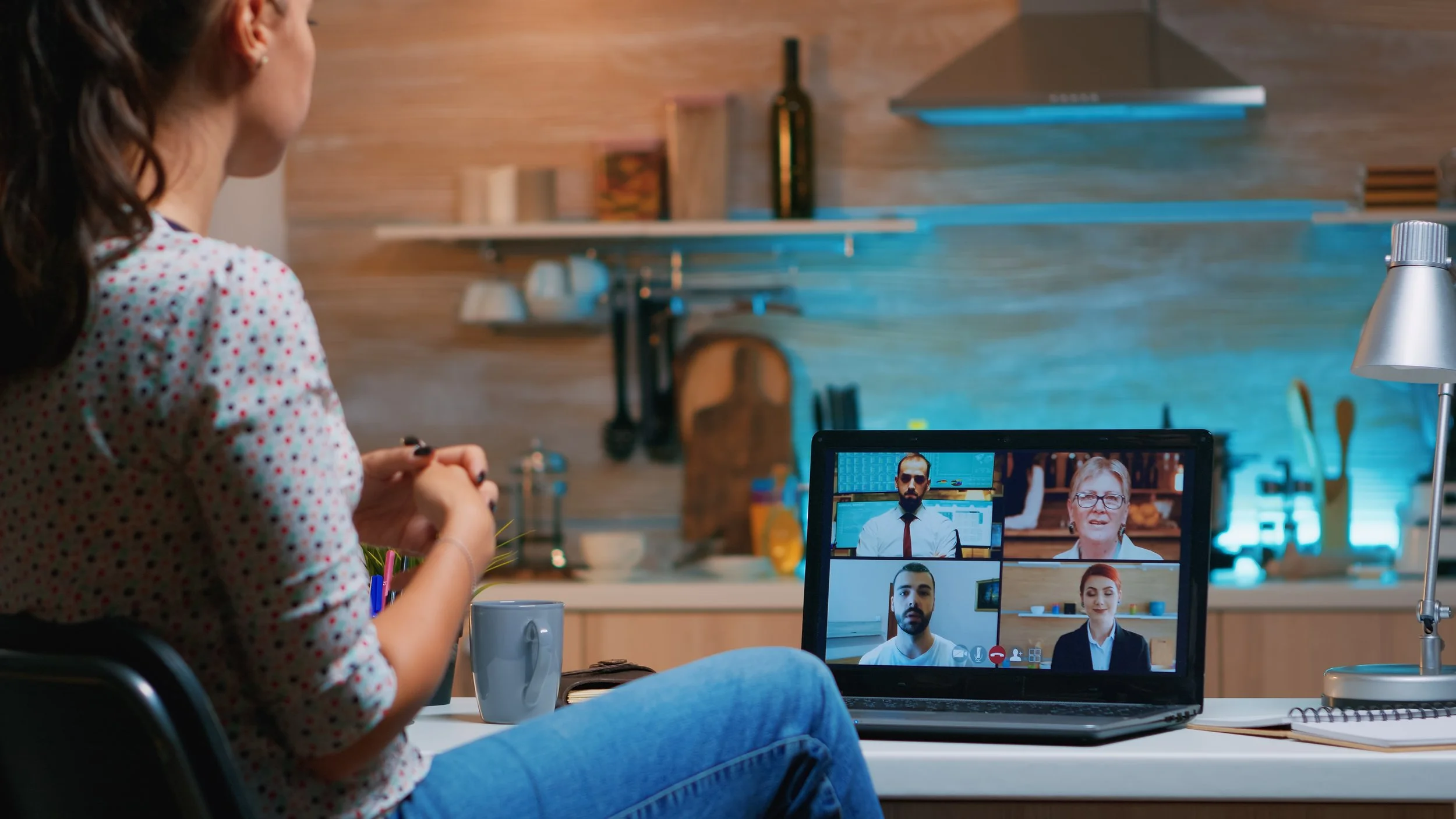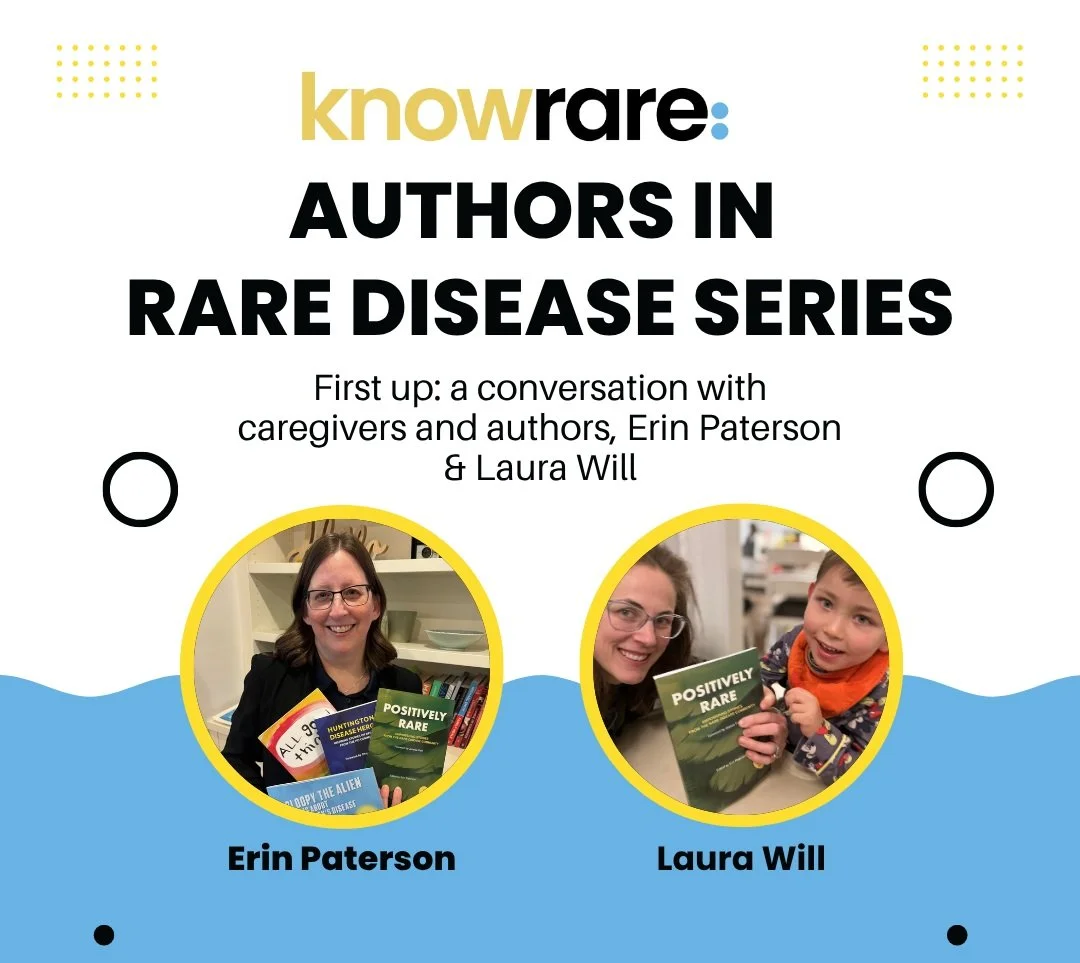Wendy White: Centering Patient Voices and Innovation in Rare Disease Care
Wendy White, member of Ceek Women's Health board and Advocate in the rare disease.
When Wendy White sees gaps in knowledge, she doesn’t wait for others to close them. She steps in and fills them herself. It’s this indomitable spirit and innovative problem-solving that led to her becoming a true changemaker in rare disease.
Like many rare disease experts, Wendy’s career path was driven by personal experience. “The pivotal moment was when my third child was born back in 2001,” she recalls. “I knew something was wrong…I could see [the doctors and nurses] out of the corner of my eyes talking to each other. It wasn’t the same as when my other children were born.”
Wendy’s newborn daughter was transferred to a teaching hospital and given a blood transfusion for what they thought was low blood volume. This was Wendy’s first exercise in taking charge and boldly walking into the unknown with her child. “Ten hours after giving birth, I checked myself out of the hospital and followed her across town.” That journey was the beginning of a much longer, arduous journey for Wendy and her daughter.
“It took 20 years to get a handle on what’s wrong because no one could really tell me at the time.”
“It took 20 years to get a handle on what’s wrong,” Wendy says now, “because no one could really tell me at the time.” After years of tireless research, advocacy, and investing in physical therapy and other treatments to ensure her daughter can walk, Wendy learned that the root issue is a rare connective tissue disorder and some bone deformities. “She had issues growing her bones, and if you don’t have enough bone, it affects how your blood volume works.” Today, Wendy’s daughter is a resilient, courageous young adult who plays rugby and is surrounded by supportive friends. Wendy’s early intervention and pursuit of innovative treatments made all the difference. It ensured that her child could not only walk but would thrive.
Before her daughter was born, Wendy was already versed in rare diseases through her work as a digital marketing expert and entrepreneur, which brought her in contact with various health enterprises. But her family’s experience led her to pivot her career and focus more on patient advocacy, community building, and raising awareness. “I looked around and realized there were zero therapies available for connective tissue disorders and few patient groups,” she says. She calmly and passionately leaned into the process of research and found innovative treatments where none previously existed.
Wendy brings a strategist’s mindset to her work in rare disease spaces. She’s known for her ability to creatively solve problems, connect decision-makers, and amplify patient stories. Over the years, she has served on several boards. She is interim CEO of the Healthcare Businesswomen’s Association. She served as Director at Large for the National Organization for Rare Disorders (NORD) where she helped launch the first-ever Rare Disease Day in the U.S., and as Chair of Global Genes for many years. Currently, she also serves on the Know Rare Advisory Board.
One of her focal points is making sure women and minority groups are given a voice. “When it comes to leadership and decision-making in rare diseases, working to have patients at the table leads to better outcomes,” she says.
We asked Wendy to share her perspective on topics such as the future of rare diseases and the advice she offers to new patients and caregivers. Here’s what she had to say:
Innovation Happens at the Margins
The future of rare disease care depends on listening and observing what’s happening at the edges, Wendy notes. “Innovation happens in micro-movements.”
“I see more testing happening in the future,” she says, noting that the issue of testing is nuanced and complicated. What does early testing mean for rare diseases? “By identifying rare diseases sooner, will we see fewer people with rare diseases in the future?”
“Regardless, my hope is that we think about global access to therapies,” she says. With more knowledge and understanding, we as a community can lower barriers to treatment.
Above all, she says, if you want innovation, you need to have everyone included in the conversation. “You want these voices, your customers, at the table. That’s what’s going to help you in the long run to have better outcomes.”
Recognize Invisible Disease
There’s a whole subgroup of people with invisible rare disease, Wendy points out. Her daughter falls into this subgroup. “Her disability is not the first thing you would think of if you met her.”
Because some people look healthy on the outside, it can be difficult to understand the effort they expend just to live life. In recent years, a movement called Spoonies has raised awareness about what happens behind the scenes for someone living with an invisible condition. The spoon theory says that patients with chronic or invisible diseases have a limited amount of energy each day – as if they have been given a certain number of spoons, and they have to decide how to spend each one. Getting out of bed, showering, preparing breakfast, and other daily chores can deplete someone quickly. Understanding that many people live with invisible rare diseases is crucial to offering compassion and support.
Caregivers Are the Link
Rare diseases don’t just affect one organ in the body. They’re pathway-driven, requiring care from multiple experts. For instance, Wendy notes, a connective tissue disorder requires care from an orthopedic doctor, a rheumatologist, a physical therapist, and an eye doctor, among other specialties. And they rarely, if ever, talk to one another.
As a result, caregivers often become the link, retaining all the medical knowledge and collaborating across the various specialties. Wendy hopes a day may come soon when healthcare becomes more collaborative and pathway-driven. Rare diseases could be approached more like cancer treatment or cystic fibrosis, she notes, where there are dedicated hospitals and care teams cooperating and researching the pathway of the disease. But until then, rare patients and caregivers carry the burden. “Caregivers have a lot to hold…you’re not going to do it perfectly, and that’s ok,” she says.
Your Story Matters
For a long time, we weren’t considering the power of the internet in disease care and the ability of patients and caregivers to share their stories, Wendy notes. In the rare disease world, crowd-sourced information is extremely valuable. Sharing experiences is crucial because no one has all the information or answers. “An average doctor may be familiar with a few hundred diseases out of the thousands of conditions that have been identified,” she says.
More recently, the COVID-19 pandemic has taught us about the importance of collecting real-world data and stories and synthesizing them quickly to find effective treatments. In some ways, the wall between the commercial healthcare world, pharmaceuticals, and research had to come down, Wendy notes. Data and stories were shared in real time so that therapies and vaccines could be developed because people were dying with no approved therapies. This is also true around the world for rare disease.
No matter where you are in the rare disease journey, permit yourself to do your own research and bring it to your doctor, and say, “This is what I found.” Sharing your experiences broadens the knowledge base for everyone.
Connect with Wendy White on LinkedIn!
To learn more about experts, organizations, and researchers helping the rare disease community, visit the Changemakers page on the Know Rare blog.































